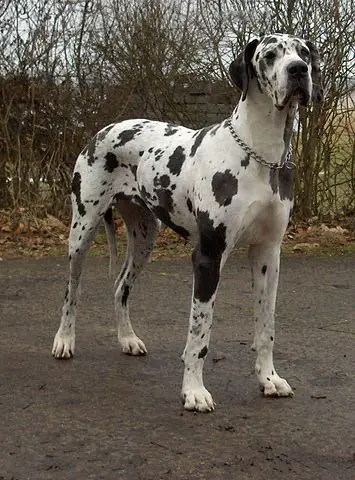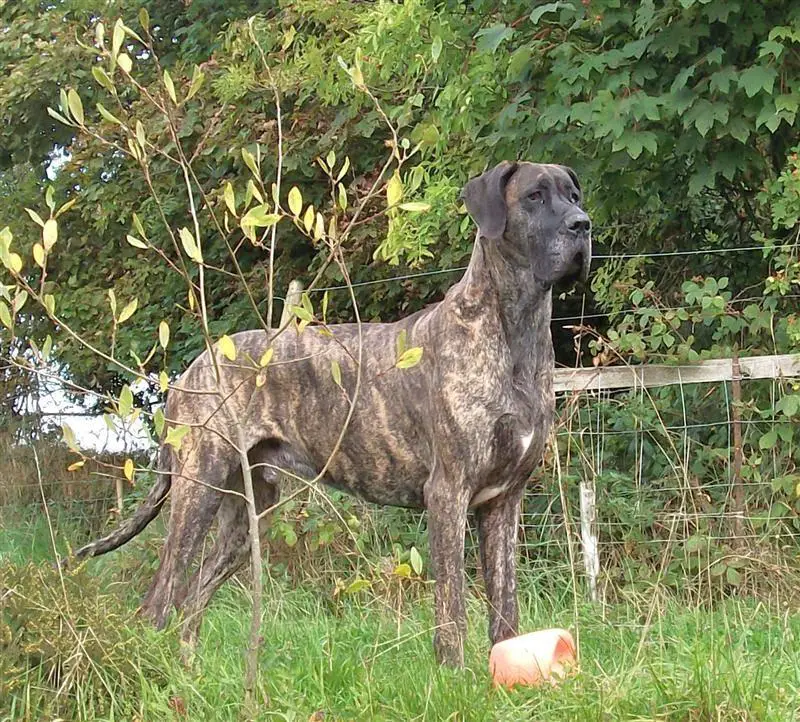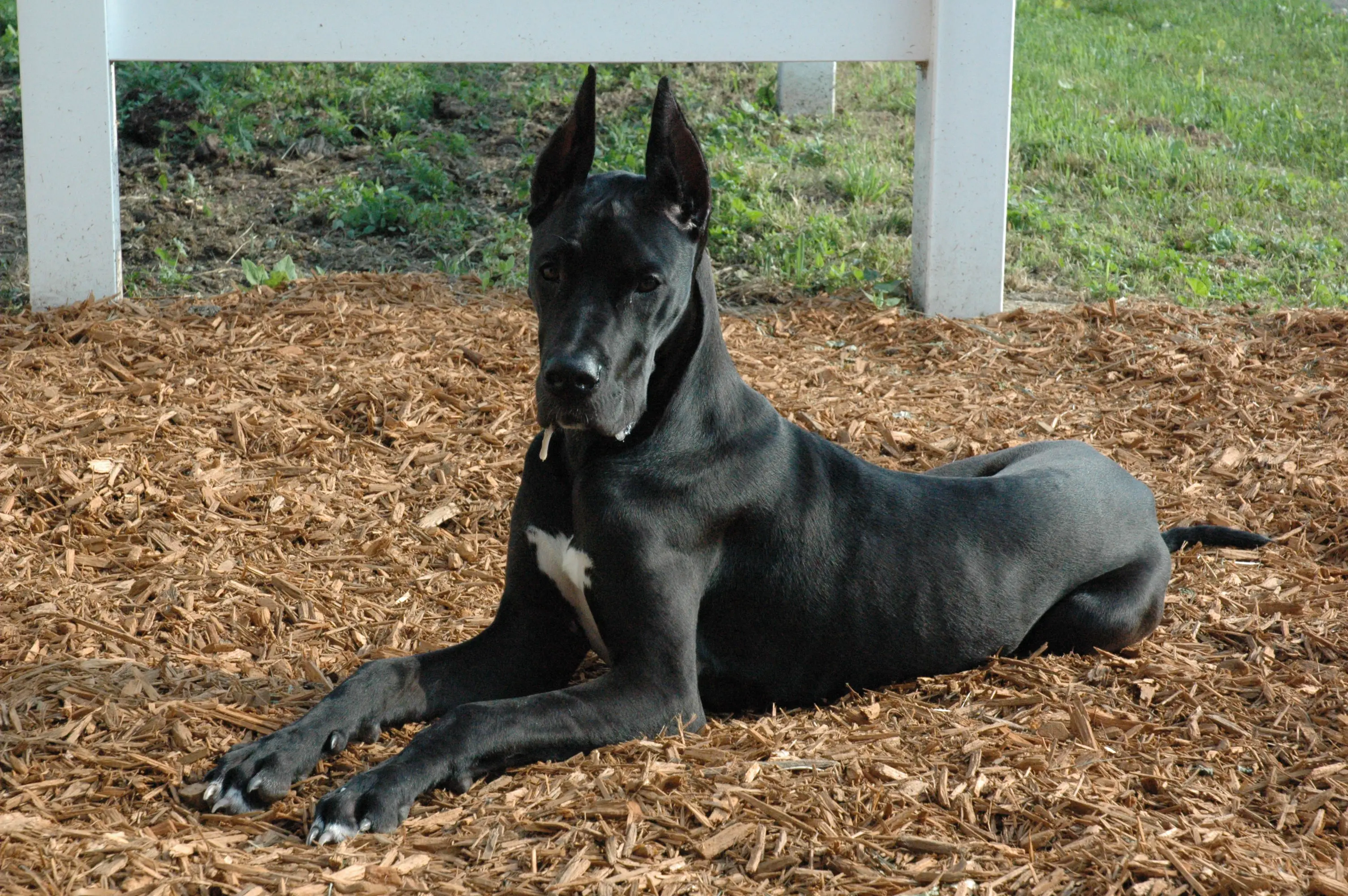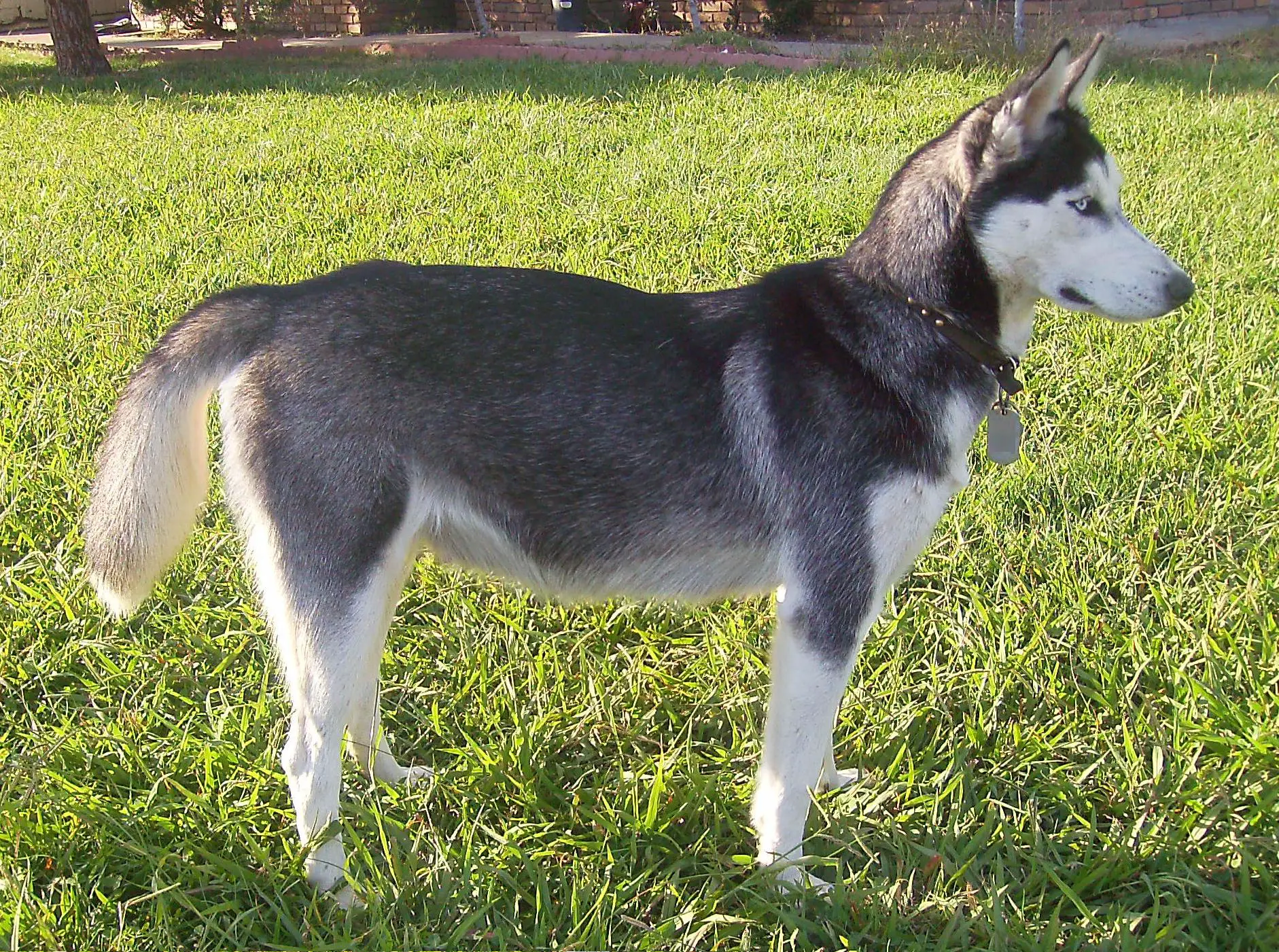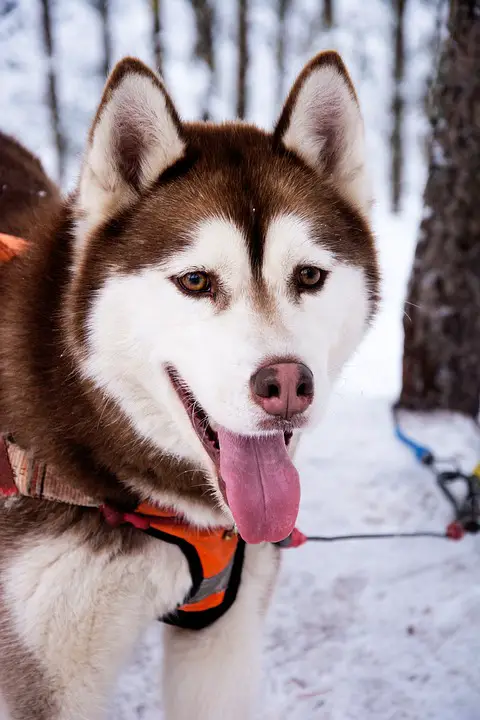Great Dane Husky Mix
The Great Dane Husky Mix, is a hybrid mix breed dog created by breeding the Great Dane and the Siberian Husky. Even though this is a mix it is obviously going to be a large dog. It is always hard to tell what a mixed breed dog will be like, but if you continue reading below we will dive into this hybrid deeper. Continue reading below to see pictures, videos, and learn more about the beautiful Great Dane Husky Mix.
While we really recommend that you acquire all animals through a rescue, we understand that some people might go through a breeder to get their Great Dane Husky Mix puppy. That is, if they have any for sale. Always screen your breeders as much as possible to ensure that you are getting as high a quality dog as is possible.
If you are interested in helping animal rescues raise money, please play our quiz. Each correct answer donates to help feed shelter animals.
Here are some pictures of the Great Dane Husky Mix
Great Dane Husky Mix History
As mentioned above, all hybrid or designer dogs are tough to get a good read on as there isn’t much history to them. Breeding specific dogs like this has become common in the last twenty years or so even though I am sure that this mixed breed found it’s share of dogs to the shelter due to accidental breeding. We will take a closer look at the history of both parent breeds below. If you are looking at breeders for new, designer dogs please beware of Puppy Mills. These are places that mass produce puppies, specifically for profit and don’t care at all about the dogs. Please sign our petition to stop puppy mills.
The Siberian Husky is a medium size working dog breed that originated in north-eastern Siberia, Russia. The breed belongs to the Spitz genetic family and was originally bred to pull sleds over long distances rather quickly. They are known to be escape artists that will dig themselves out of the strongest fence. Being that they were bred to pull things you can imagine that they aren’t the easiest dogs to walk.
As early as the 14th–13th centuries BC, large boarhounds resembling the Great Dane appear in ancient Greece in frescoes from Tiryns. For many subsequent centuries these large boarhounds continue to appear throughout ancient Greece. The Molossian hound, Suliot dog, and specific imports from Greece were used in the 18th century to increase the stature of the boarhounds in Austria and Germany and the wolfhounds in Ireland. Bigger dogs are depicted on numerous runestones in Scandinavia, on coinage in Denmark from the fifth century AD, and in the collection of Old Norse poems. The University of Copenhagen Zoological Museum holds at least seven skeletons of very large hunting dogs, dating from the fifth century BC to 1000 AD. Obviously very large dogs were a part of our history even thousands of years ago. In the mid of the 1500’s, central European nobility imported strong, long-legged dogs from England. These English dogs had descended from crossbreeds between English Mastiffs and Irish Wolfhounds. Since the beginning of the 1600’s, these dogs were bred in the courts of German nobility, completely outside of England.
The purpose of these extremely large dogs were to hunt bear, boar, and deer. The favorite dogs got to stay the night at the bedchambers of their lords. These so called chamber dogs were there to protect the princes while they slept from assassins.
Awesome videos of Great Dane Husky Mix puppies
Great Dane Husky Mix Size and Weight
GREAT DANE
Height: 28 - 34 inches at the shoulder
Weight: 100 - 200 lb.
Lifespan: 7-10 years
HUSKY
Height: 20 - 23 inches at the shoulder
Weight: 35 - 60 lb.
Lifespan: 12-15 years
Great Dane Husky Mix Personality
Trying to predict the personality traits of hybrid dog isn’t always that easy to do. Sometimes the mix takes more from one of the parent breeds than the other. Both the Husky and the Great Dane are very loyal, alert, independent, intelligent, brave, and social. The Great Dane makes an excellent guard dog simply because of it’s size. However, it’s actual temperament is not one that conducive to protection. It is just a big dog. The Husky is not much of a watch dog either. The Husky is much more tolerant of having people other than primary family members coming around the house. The best thing you can do for any puppy or young dog is to socialize it as well as possible. This can’t be stressed enough as socialization is extremely important. This is good for someone who is active, although this mix won’t be nearly as active as other Husky mixes. The Great Dane has a much more laid back temperament and not nearly as high of an energy level.
Great Dane Husky Mix Health
All dogs have the potential to develop genetic health problems as all breeds are susceptible to some things more than others. However, the one positive thing about getting a puppy is that you can avoid this as much as possible. A breeder should absolutely offer a health guarantee on puppies. If they won’t do this, then look no more and don’t consider that breeder at all. A reputable breeder will be honest and open about health problems in the breed and the incidence with which they occur. Health clearances prove that a dog has been tested for and cleared of a particular condition.
Do not purchase a puppy from a breeder who cannot provide you with written documentation that the parents were cleared of health problems that affect the breed. A careful breeder and one who truly cares about the breed itself, screens their breeding dogs for genetic disease and breed only the healthiest and best-looking specimens. One of the most common health problems with dogs is obesity. Keeping this under control is your responsibility.
Great Dane Husky Mix Care
The Great Dane has a very short coat and doesn’t shed that much. The Husky has the exact opposite, they have a longer coat and shed a ton. It is more than likely that the Great Dane Husky Mix is going to be somewhere in between and is going to shed a lot. Get ready to invest in a good vacuum if you want to keep your floors clean! Give them baths as needed, but not so much that you dry out their skin. Never tie your dog up outside - that is inhumane and not fair to him. The Husky can be a great escape artist so if left in the backyard (temporarily of course,) they will be tough to keep in. You will need to make sure the fence is extremely secure and buried a couple of feet in the ground. Plan on taking them for extremely long walks and hikes to keep their energy level down. A tired dog is a good dog.
Great Dane Husky Mix Feeding
A lot of times diet is done on a per-dog basis. Each one is unique and has different dietary requirements. Most dogs in the U.S. are overweight. A mix like this one that is prone to hip and elbow dysplasia should really be on fish oil and glucosamine and chondroitin supplements as soon as possible.
Overfeeding any dog is not a good idea as that can really exacerbate health problems such as elbow and hip dysplasia.
A good diet to look into is Raw Food Diet. A raw food diet will be especially good for the Wolf background.

